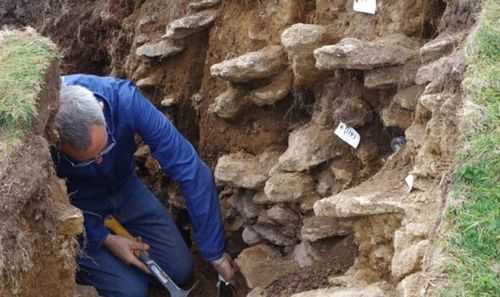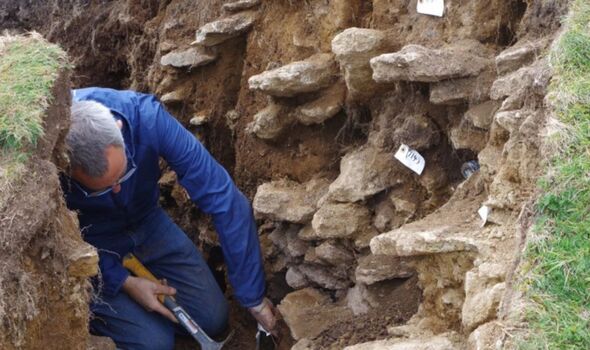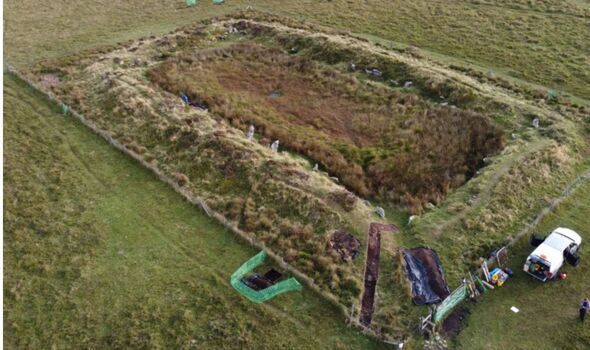

have made a significant , suggesting that the legendary ruler is five times older than previously thought.
Specialists from UK universities discovered that a historic site in , linked to dates back 4,000 years earlier to the Neolithic period.
During a dig at King Arthur's Hall on Bodmin Moor in , archaeologists took samples from the monument, including pollen, insects, and parasite eggs.
The results unveiled the fascinating discovery that these items dated 5,000 - 5,500 years ago.
Optically Stimulated Luminescence and other dating techniques were used to date the results, reports .

Calling the findings a "major revelation", Dr Tim Kinnaird, from the University of St Andrews, believes archaeologists "now have to re-appraise our understanding of the prehistoric landscape of Bodmin Moor".
"It's extremely exciting that we've finally been able to date construction of this enigmatic monument, previously grounded in myths and legends," he said.
Local volunteers took part in the excavation to support specialist teams from the Universities of Reading, St Andrews, and Newcastle, which examined the site.
Historic England has classed King Arthur's Hall as "high risk" due to vegetation growth around it-it has 56 standing stones that are leaning on the ground or partially buried around it.
Visitors to the site are warned to be careful and to not disturb the monument as it was at risk of erosion.
Phil McMahon, inspector of at Historic England, said: "Because King Arthur's Hall is on our Heritage at Risk Register, our overall aim was to better understand the date and nature of the monument so that its condition could be improved and its future management tailored to its needs.
"The news that King Arthur's Hall is Neolithic in origin is exciting and adds significant time depth to this enigmatic site, which has few parallels in England. It enriches the story of the monument and adds an intriguing dimension to the wider prehistory of Bodmin Moor."